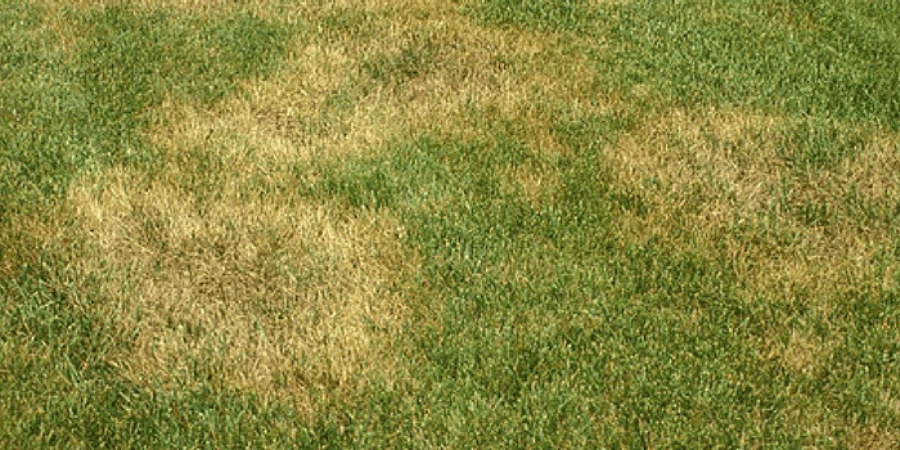Lawn Drought, Dormancy, and Disease in Summer
- Milorganite AgronomistJuly 10, 2020
Is your lawn looking a little dry? Are you wondering if your lawn has gone dormant or actually just needs water? During times of drought, homeowners look for tips on the best ways to maintain their lawns and landscapes.
Learn How to Treat Common Lawn Diseases
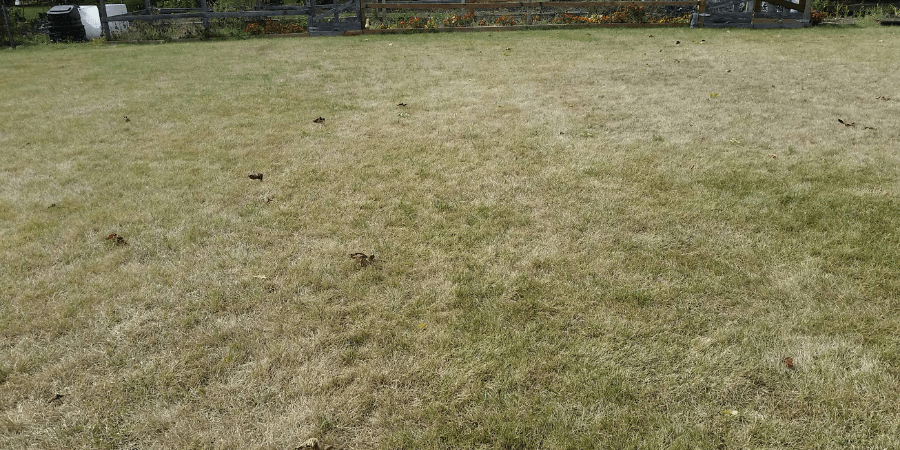
Plant Stress From Drought
Water is generally the most limiting factor for plant growth. Like humans, plants can’t survive very long without water. Plants enter drought-stress when they lose water faster than it can be absorbed and it’s enough to interfere with the plant’s normal processes. Plants respond by reducing photosynthesis and other processes to reduce water use.
How long it takes before plants experience drought-stress depends on how well the soil holds water, environmental conditions, such as low humidity and wind, stage of plant growth, and the type of plant. In areas with sandy soil that don’t retain moisture, drought-stress may be seen after only a few dry days.
Some plants are more susceptible to drought than others. Those with a large mass of leaves compared to the root system, newly installed trees, and shrubs, and poorly established plants are especially susceptible to drought-stress.
Some plants are more drought-resistant than others. Those with leaves that have a thick, waxy coating or leaf hairs lose less water by evaporation. If a plant has already survived a drought, it may naturally be more drought resistant. Native plants may also be better able to survive. Other plants respond to drought by dropping their leaves, which regrow when conditions improve.
Practices to Help Reduce Drought-stress in Lawns
As dry conditions linger, we recommend allowing your lawn to go dormant. It’s a natural plant-survival strategy and actually a good thing for your lawn. Embrace the brown! What is dormancy? Dormancy is a mechanism that grasses use to avoid conditions when inadequate moisture is available. The most noticeable aspect of dormancy is the brownish-tan color of the leaf blades. This often occurs under drought conditions and during colder months.
Allow Lawns to Go Dormant
Established lawns can generally survive drought-induced dormancy for a few weeks, but there are factors such as temperature, wind, and plant health that make it difficult to estimate.
There are at least two ways to tell if your lawn is in desperate need of water: if it takes on a purple or greyish hue; or, if you walk on the lawn and see your footprints, indicating the blades of grass didn’t stand up again.
Water Dormant Lawns Deeply
Don’t lightly sprinkle dormant lawns, as it encourages shallow root growth, which can cause more harm than good. Instead, keep dormant lawns hydrated by watering deeply, infrequently. Water lawns ½ to 1 inch, every 3–4 weeks. An inconsistent watering schedule can cause more stress. It’s not a lot of water, but the goal isn’t for your lawn to thrive right now, but survive.
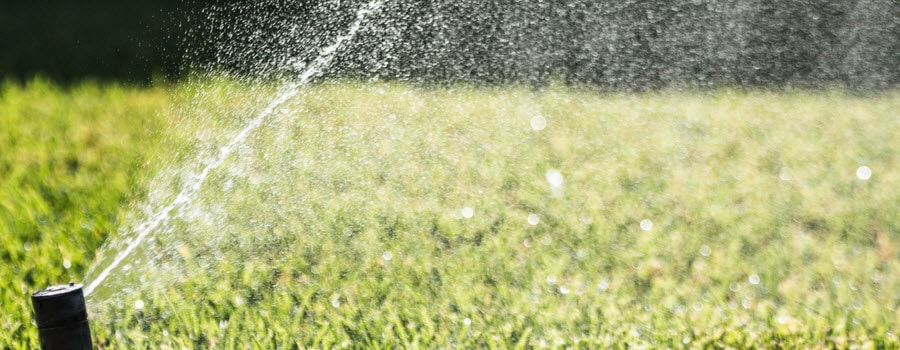
Tips if You Water Your Lawn Regularly
If you choose to irrigate your lawn during periods of drought, water ½” to 1” weekly. You need to be consistent! If you water one week then skip a few weeks before watering again, you’re causing even more stress.
Water Lawns in the Morning
Water early in the morning when it’s cooler to reduce evaporation and allow the lawn to dry off to reduce the chance of diseases taking hold. Make sure to follow local watering ordinances and restrictions.
If you have to mow, which you most likely won’t have to do if your lawn is dormant, mow high during the cooler morning hours. Mow tall—the average length of your lawn is about the average depth of the root system. Lawns with deeper roots are more drought tolerant. Taller grass also keeps the ground cooler.
A lot of people ask if fertilizer will bring lawns out of dormancy. Unfortunately, no, fertilizer won’t coax your lawn out of dormancy. Only weather conducive to plants growing will—cooler temperatures and rain.
Reduce Foot Traffic and Activities on Dormant Lawns
When possible try to avoid heavy foot traffic on your dormant lawn such as kids playing and yard games during periods drought to avoid damaging already stressed grass.
Prepare Your Gardens for Drought
You can prepare gardens for drought by incorporating several inches of compost into the top foot of soil so it absorbs and retains moisture. To help reduce water evaporation and increase soil’s moisture-holding ability, mulch using 2–3” of organic material, such as wood chips, shredded leaves, or evergreen needles in garden beds and around trees.
Lawn Diseases
Lawn diseases occur when three factors are present: a plant that’s susceptible; favorable environment; and, the disease itself. The correct environment could be too much water or not enough, or too much rain or not enough, depending on the disease and the plant.
To identify a lawn disease you first have to know if you have northern (cool-season) grass or southern (warm-season) grass and the variety. Our Common Lawn Diseases page has images to help you visually identify the disease you may be dealing with, as well as: the type of grass affected; symptoms; when you’ll typically see it; and, how to manage it.
There are too many lawn diseases to cover here, but there are a couple common to both the North and the South: rust and dollar spot, both of which are drought-induced and when the soil is infertile.
Rust
Symptoms: Rust causes small yellow specks on leaves and stems that develop into orange or red pustules. Lawns heavily affected will have an orange or reddish hue. You’ll also notice “rust” on your shoes after mowing.
Management: Rust develops during drought and when the soil lacks nutrients, especially nitrogen. To remedy the problem, follow a regular fertilization schedule. You can fertilize using Milorganite during drought because the nutrients are only made available to plants when the right temperature and moisture are present, which may occur naturally when rain returns or if you decided to continue to water. Make sure to remove grass clippings so it doesn’t spread.
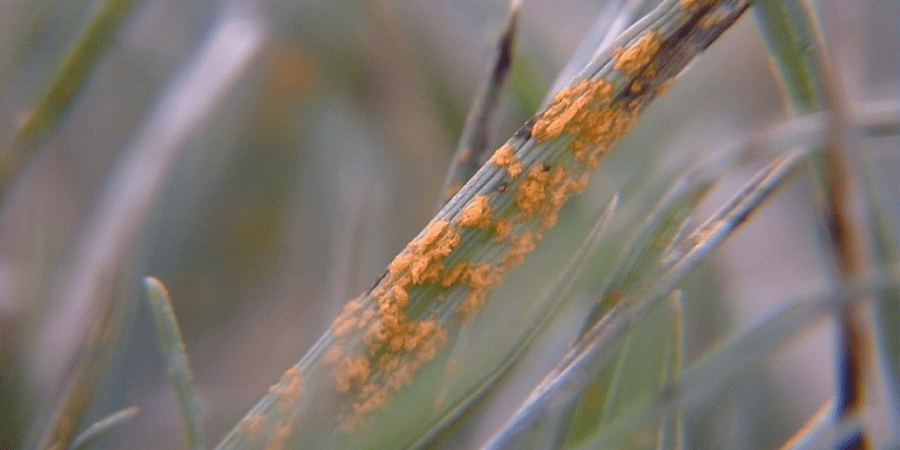
Dollar Spot
Symptoms: Dollar spot causes straw-colored patches 2–6” in diameter and hourglass-shaped lesions with a reddish-brown edge across the blade of grass.
Management: Drought and prolonged periods of wet grass are factors for dollar spot to develop. Make sure to water deeply and infrequently in the early morning to allow time for the grass to dry. It's also best time of the day to water to minimize evaporation. Remove affected clippings from the lawn to help prevent it from spreading.
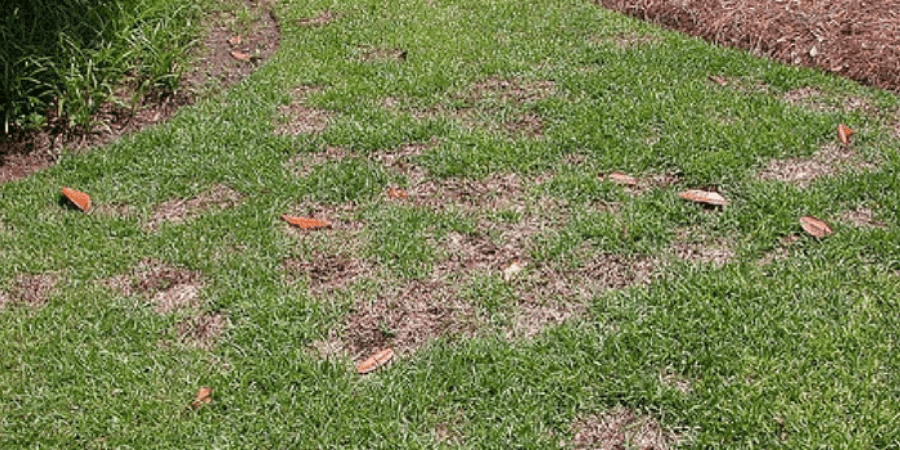
Brown Patch
Symptoms: Infected leaves will be dark, wilt, and quickly die. In the North, cool-season grasses will develop brownish-tan patches of up to 3 feet in diameter during hot, humid weather, generally mid-June to early-September. Warm-season grasses in the South are generally affected late spring and fall, during cool, wet weather, and the patches may reach up to 20 feet.
Management: In the North and South, avoid excess fertilization with high-nitrogen fertilizers, especially soluble liquids, and quick-release nitrogen sources, just prior to the period conducive for brown patch. You can still fertilize using Milorganite because it’s low in nitrogen and slow release. Water deeply and infrequently early in the day to allow the grass to dry off, which is always the best watering practice to help avoid diseases. Collect and dispose of grass clippings from diseased areas. In the North, reducing thatch will increase air circulation.
